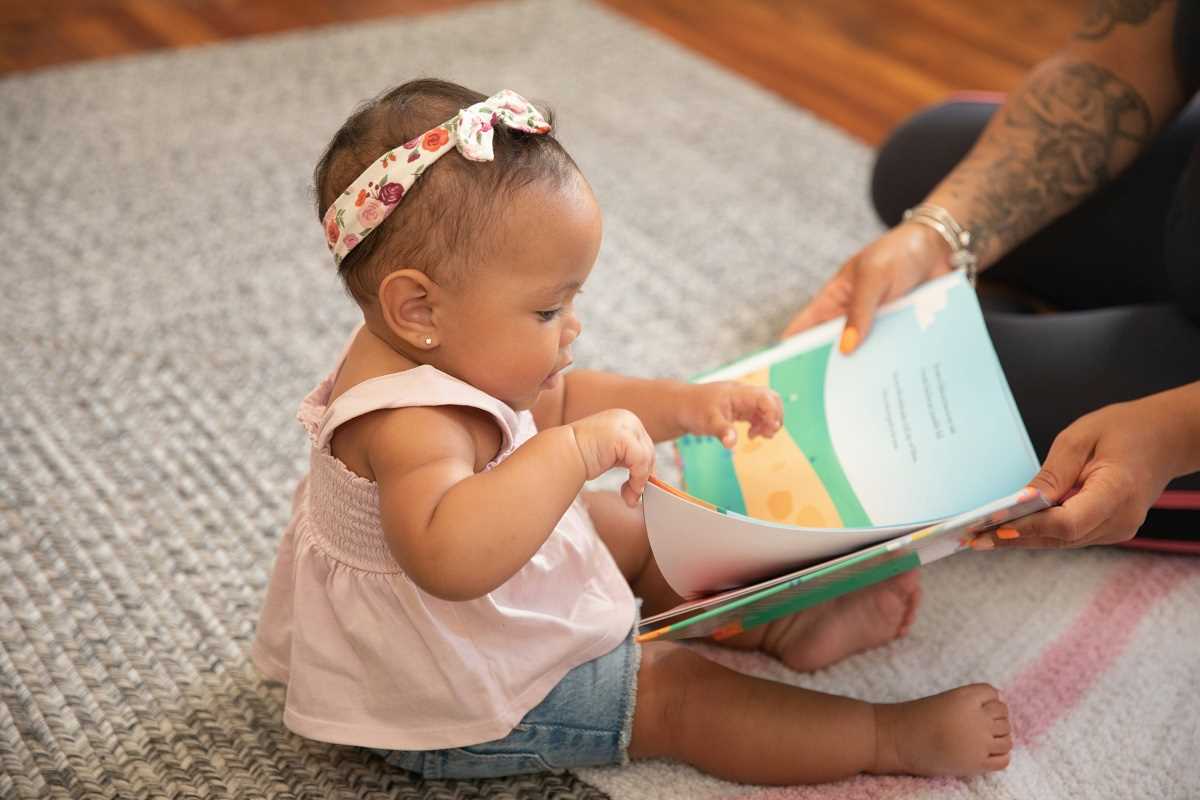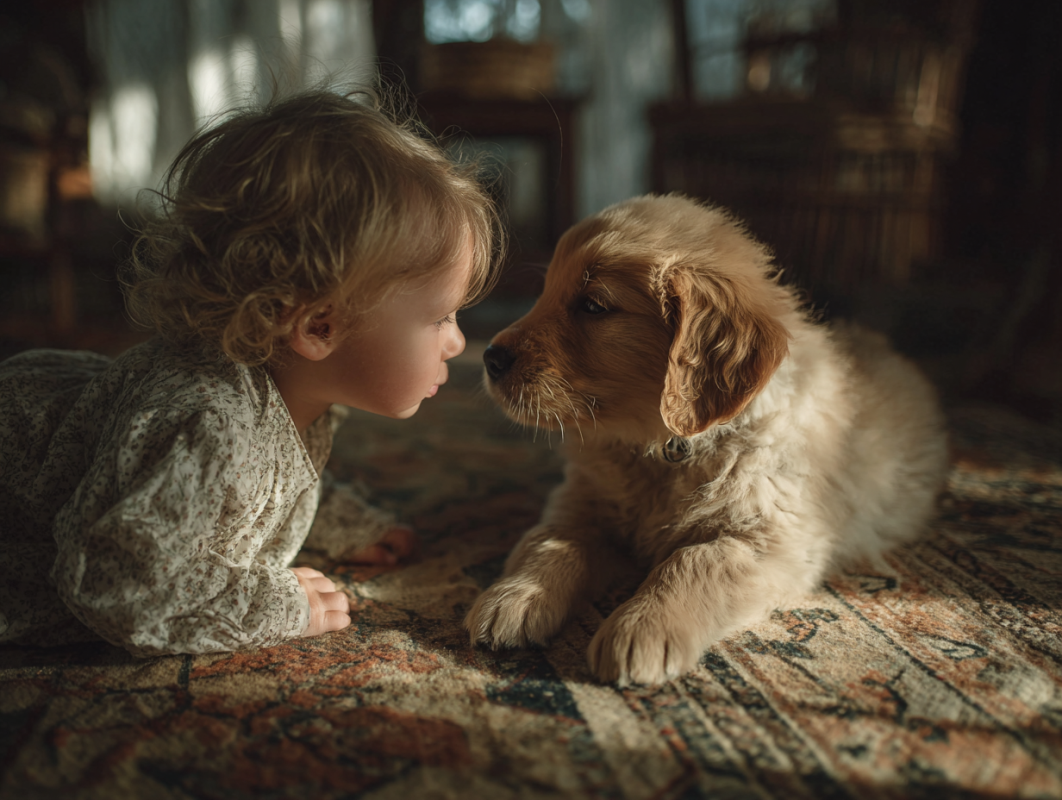As parents, one of our most important jobs is to prepare our kids for the world they’ll grow up in—not just the world as it is today, but the kind of world we hope it will be. An inclusive, compassionate, and open-minded world begins at home, with how we raise our children to see and celebrate differences. Teaching inclusivity doesn’t have to be complicated; it’s about modeling acceptance, fostering curiosity, and making sure kids have the tools they need to understand and appreciate diversity.
Here are some practical ways to raise kids who value and practice inclusivity, including books, toys, and resources to bring home.
1. Lead by Example
Kids are like sponges; they notice and mimic how you interact with others, the language you use, and the attitudes you display. This gives you a powerful opportunity to model inclusivity in your everyday actions.
Ways to lead by example:
- Celebrate differences: Speak positively about diversity in skin color, languages, cultures, abilities, and family structures.
- Avoid stereotypes: Show your kids that roles or hobbies aren't tied to gender or background (e.g., “Boys can enjoy ballet too!”).
- Own mistakes: If you catch yourself making assumptions or using outdated language, address it honestly with your kids. “I didn’t phrase that well earlier. Here’s what I should’ve said.”
When you treat people with respect and curiosity, your kids will naturally adopt those behaviors.
2. Expose Kids to Diverse Stories
Stories are a powerful way to introduce children to people, experiences, and perspectives different from their own. Books, shows, and even podcasts featuring diverse characters and messages help normalize inclusion and break down bias.
Inclusive book recommendations:
- “The Name Jar” by Yangsook Choi
- A touching story about a girl navigating her identity and name in a new culture.
- “Julian Is a Mermaid” by Jessica Love
- A beautifully illustrated book celebrating self-expression and individuality.
- “A Kids Book About Racism” by Jelani Memory
- A straightforward and engaging way to tackle difficult conversations about race.
- “All Are Welcome” by Alexandra Penfold and Suzanne Kaufman
- A celebration of inclusivity in diverse school settings.
- “My Papi Has a Motorcycle” by Isabel Quintero
- A heartfelt depiction of family, culture, and community through a child’s eyes.
TV shows and visual media:
Programs like Daniel Tiger’s Neighborhood, Sesame Street, and Molly of Denali incorporate messages of inclusion, community, and cultural diversity in age-appropriate ways.
Encourage kids to explore stories from many perspectives so they see the rich variety of human experiences.
3. Choose Inclusive Toys and Games
Toys can shape how children see the world and themselves, so selecting inclusive options sends an important message.
Inclusive toy suggestions:
- Inclusive dolls: Look for dolls of various ethnicities, abilities, and body types. Brands like Barbie (with its Fashionista line), American Girl, and Lottie offer diverse options.
- Representation in play figures: LEGO, Playmobil, and Mattel include characters in wheelchairs, hijabs, and other underrepresented identities.
- Multicultural games: Board games like Guess Who? Celebrate Diversity Edition or HABA’s My Very First Games highlight diversity in fun, engaging ways.
Encourage open-ended play that lets kids create their own inclusive narratives, like building multicultural communities with LEGO pieces or crafting inclusive adventures for action figures.
4. Encourage Questions and Curiosity
Kids are naturally curious about the world around them, so give them space to ask questions—even those that might feel awkward at first. Create an environment where curiosity is met with openness and thoughtful discussion.
How to handle their questions:
- Stay calm and non-judgmental: If your child asks, “Why does that person talk differently?” resist the urge to shush them. Instead, say something like, “People speak in different ways; isn’t that cool?”
- Provide simple explanations: Offer age-appropriate answers rooted in empathy. For example, “Some people use wheelchairs to help them move around. Everyone’s body works differently, and that’s okay.”
- Redirect if needed: If your child asks something you don’t know, consider it an opportunity to learn together. “That’s a really good question. Let's look it up later and talk about it!”
Normalizing curious questions helps kids feel safe exploring the world without fear of judgment.
5. Create Opportunities for Multicultural Experiences
Hands-on experiences are some of the best ways to teach kids about inclusivity. Exposing your family to different traditions, cuisines, and ways of life can open everyone’s minds.
Ideas for creating multicultural experiences:
- Attend cultural festivals: Many cities host events celebrating everything from Lunar New Year to Diwali to Pride parades.
- Cook dishes from around the world: Explore international recipes together and discuss the history behind the foods.
- Travel thoughtfully: If possible, visit new places and engage meaningfully with local cultures. If travel isn’t an option, virtual museum tours or documentaries can be a great alternative.
Even small steps, like trying a new cuisine or listening to music from another culture, can expand your family’s understanding and appreciation of diversity.
6. Teach Empathy and Emotional Intelligence
Empathy is the foundation of inclusivity. Encouraging kids to think about how others feel and practicing kindness can help them break down barriers between themselves and others.
How to teach empathy:
- Role-play scenarios: Ask your kids, “How do you think that made them feel?” after reading a story or watching a conflict on TV.
- Praise inclusive behavior: Highlight when your child shares or includes someone who might have been left out.
- Show kindness in everyday life: Volunteer as a family, donate to causes together, and talk about why helping others matters.
When kids learn to value the feelings and experiences of others, they’ll naturally lean toward inclusive behaviors.
7. Address Biases Early
Children start noticing differences at a young age, making it critical to address biases early and directly. Ignoring the topic or relying on vague “colorblind” approaches can inadvertently perpetuate discrimination.
Ways to combat biases:
- Talk about differences as positives: Instead of framing differences as obstacles, highlight what makes different people amazing. “She speaks three languages! Isn’t that incredible?”
- Correct stereotypes immediately: If your child repeats something prejudiced, calmly correct them. “That’s not true. People from all over the world have many different qualities.”
- Use relatable examples: Relate diversity to something they understand, such as different ice cream flavors or favorite colors. “It’d be boring if we only had one flavor, right? Diversity makes life better.”
Starting these discussions young builds a strong foundation for inclusive attitudes later in life.
8. Stay Open to Learning
Inclusivity is an ongoing practice, not a one-time lesson. Commit to growing alongside your kids by continually learning about diversity and inclusion.
Keep learning:
- Follow family-friendly inclusivity resources like blogs, podcasts, or educators who specialize in diversity topics.
- Network with diverse families at local events, schools, or community organizations to expand your family's perspective.
- Revisit books, movies, and media as kids age to tackle more complex topics together.
By staying engaged and curious, you’ll model that learning about people is a lifelong joy.
 (Image via
(Image via





